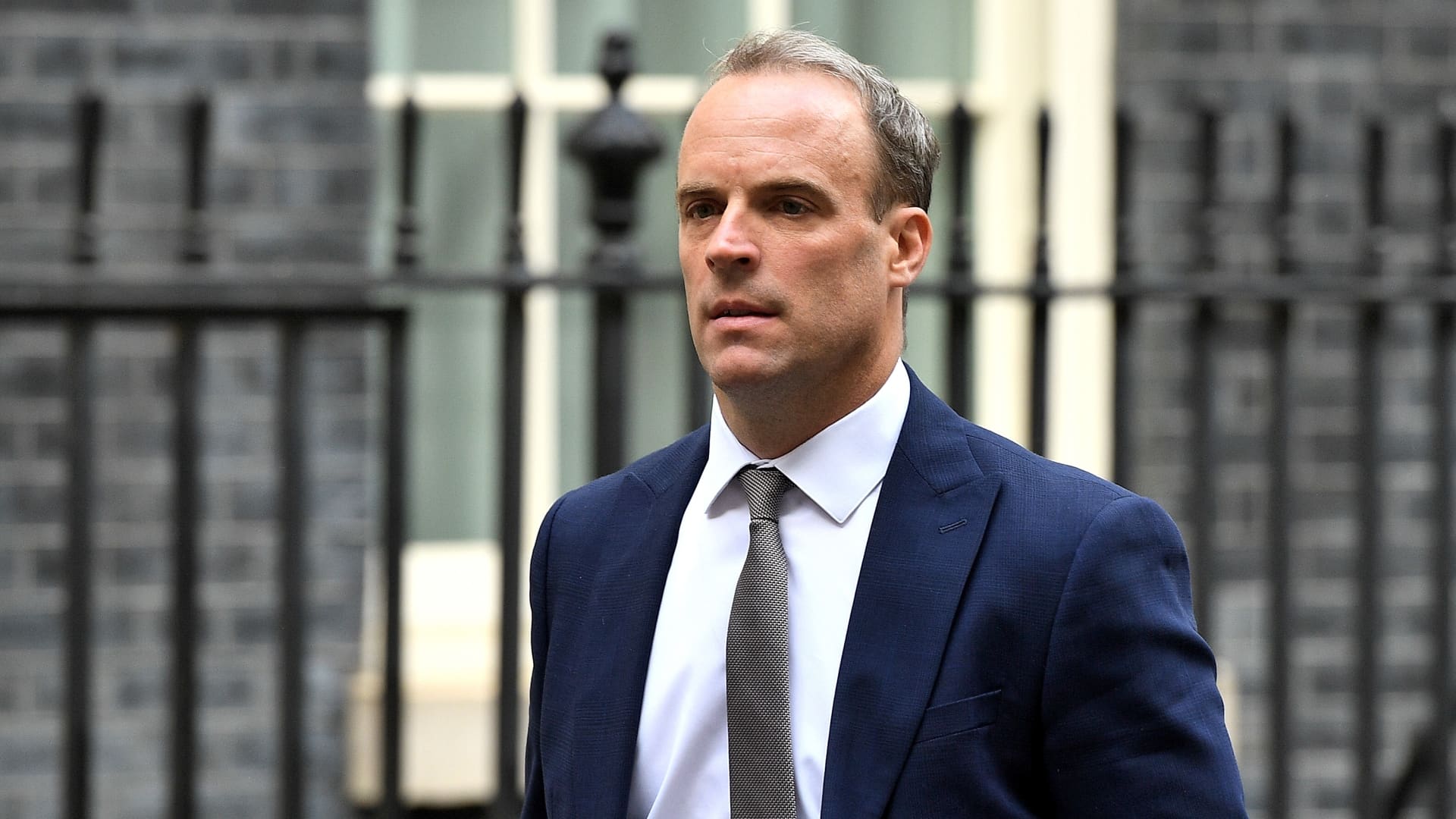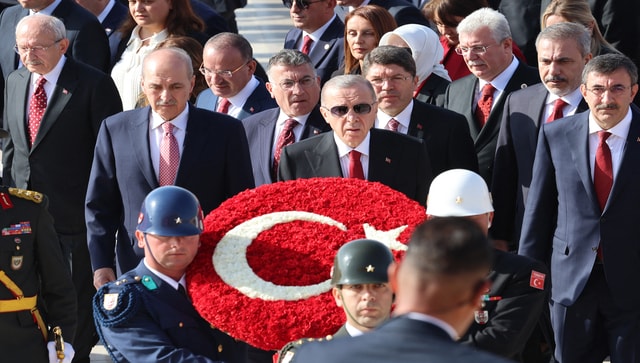Kashmir Avalanche Death Toll Hits 229
The army rushed snowmobiles, nurses and doctors to snowbound hamlets, transporting the injured to the nearest hospitals, India’s army chief Joginder Singh told reporters in Srinagar, reported Agence France-Presse (AFP).
Singh is accompanying India’s Defense Minister Pranab Mukherjee and the leader of India’s ruling Congress party, Sonia Gandhi, to Kashmir for an aerial survey of the devastated hamlets.
“We will also establish temporary camps so that people are shielded from the cold,” the general said.
He added that soldiers from the army’s high altitude warfare and mountaineers were being deployed to help rescue survivors of the avalanches which swept away a string of villages in Anantnag district at the weekend.
“The rescue operation is continuing despite cold winds and teeth-chattering cold," said a police official in Qazigund, 80 kilometers ( 50 miles ) south of Srinagar, where relief operations are being coordinated.
Kashmir valley’s top administrator Khursheed Ganai told reporters in Srinagar that a total of 179 bodies had so far been recovered from the Anantnag district, about 10 kilometers (six miles) short of the villages buried by the avalanches.
Police said another 50 people were killed in snowslides in the neighboring districts of Doda and Poonch, taking the overall death toll since the weekend to 229.
The defense minister said the casualties may increase “because many of the bodies have yet to be recovered.”
Authorities in Srinagar overnight restored power supply to hospitals, government buildings and a few suburbs but most of the Kashmir valley remained without electricity for the sixth consecutive day.
The weekend snowfall, the heaviest in two decades, severed telephone and power lines and closed all roadlinks inside the valley.
Heartbreaking Scenes
Ghulam Hussain, 45, said his village, Watlingo, had been flattened by the snow.
“I have lost my wife, four children and mother in this catastrophe,” Hussain told AFP.
He said the avalanche hit early Saturday afternoon, flattening the house.
“I and my father survived. I don’t know how,” he said.
An AFP photographer who hiked four hours through deep snow to reach the village said it looked like a ghost town with houses either totally or partially destroyed.
Bodies, including those of children and women, were lying outside on the snow and inside some houses.
“We are burying the dead en masse. Men separately and women separately,” said Raj Wali, 65.
Wali lost his two daughters aged five and 15 when the wall of snow smashed into the village.
“My brother and I survived as we were not in the house,” Wali said, adding that every family in the village had suffered. “Every house is in mourning.”
Officials said they were losing hope of finding any of the missing alive, but were reluctant to speculate on how many people are still missing. Civilian volunteers say they believe the number to be around 300.
A senior police officer in Anantnag said some areas were still cut off and had yet to be reached by rescuers.
He said some 1,200 homes and other non-residential buildings had been flattened by the snowslides and more than 50,000 fruit trees destroyed in Anantnag district alone.
The Indian army has warned that fresh avalanches are possible as the snow begins to melt and has urged mountain-dwellers to flee their homes.
The killer avalanches is a grim reminder of monster tsunamis triggered by an undersea earthquake in December, slamming into vast swathes of Asia and killing some 300,000 people with Indonesia taking the brunt of it.



